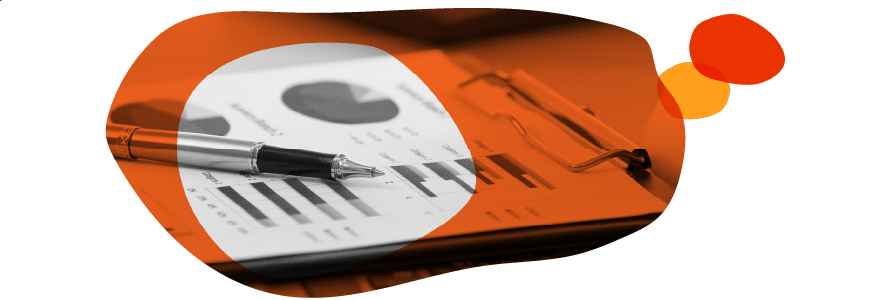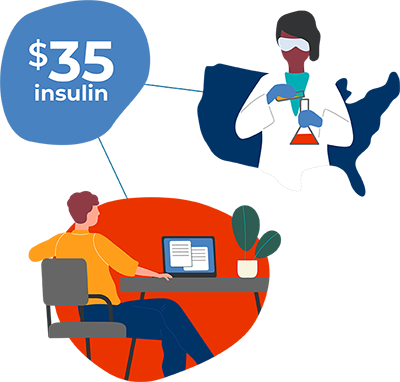Acute Uncertainty
2021 Health Trends
Pricing reform remains a looming challenge in the industry as governments around the world propose new approaches to limiting reimbursement and requiring new evidence against cost-effectiveness of care. Although much reform has been temporarily stalled due to more pressing pandemic issues, the outline is clear: rebates, discounting, and frameworks for more regional and aggressive tendering. Overall, total global spending is expected to continue to grow over the next several years, but at a slower rate — both due to pricing reform and competition among the significant numbers of new drugs coming to market.

Critical Question
What new evidence do we need to continuously demonstrate value?
What actions should we be taking to show our commitment to value and fair pricing?
Did you know...


Repricing: Japan’s 2018 overhaul of the Price Maintenance Premium (PMP) system narrowed the definition of what drugs were considered innovative and worthy of price premiums and exclusivity — creating a 32% drop in the number of drugs meeting the criteria. In 2021, the next wave of the reform will set in, requiring mandatory repricing of drugs annually.
— Pharma Manufacturing, 2020
$35: In the U.S., manufacturers have teamed up with Medicare plans to create a moment of advocacy around pricing. They’ve developed a $35 capped co-pay program for insulin, to both help people struggling with the financial impacts of COVID-19 and to ensure they don’t try to ration their insulin. Eli Lilly was an early mover with a similar standalone Insulin Value Program which offers the $35 cap to people with commercial insurance or no insurance.
— Medscape, 2020;
— Stat News, 2020


